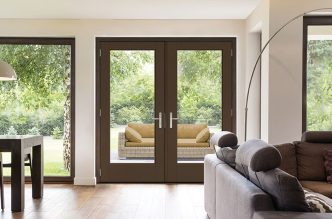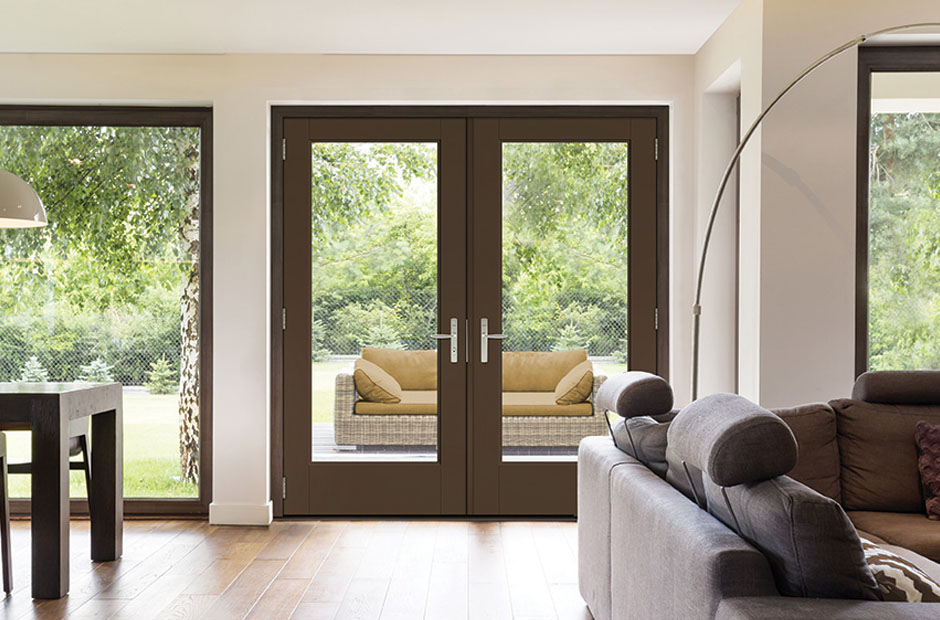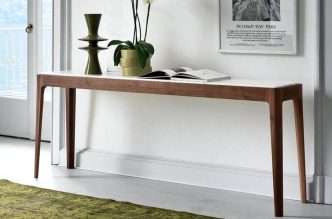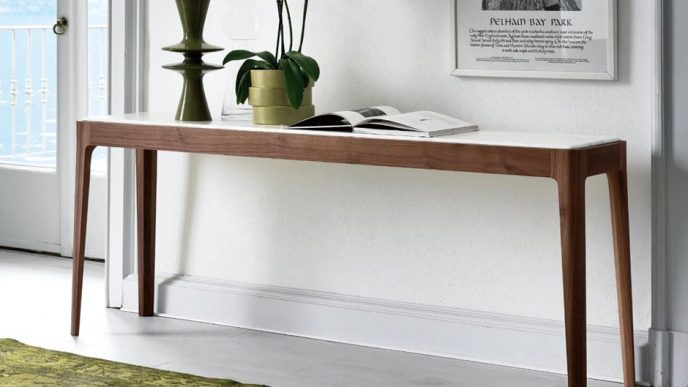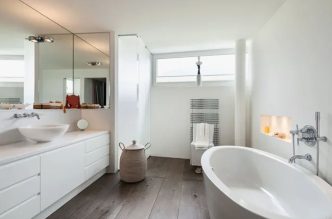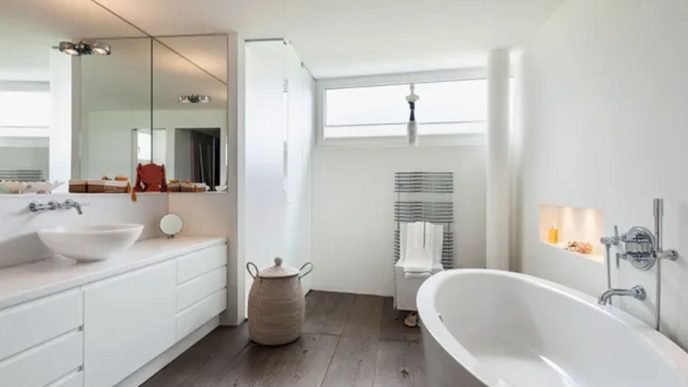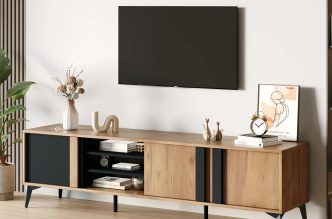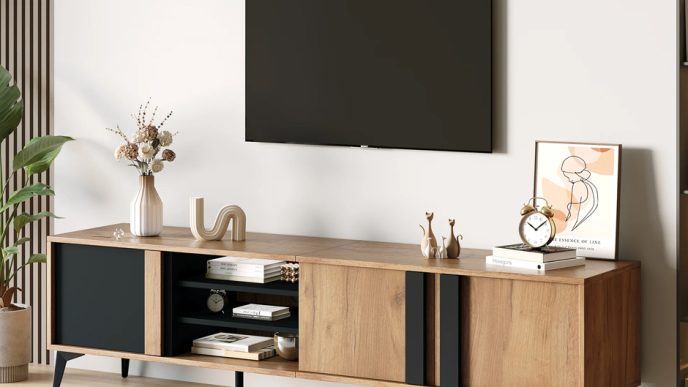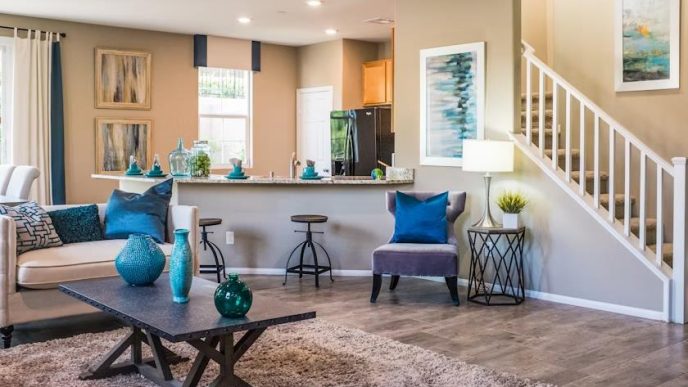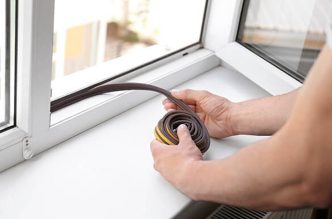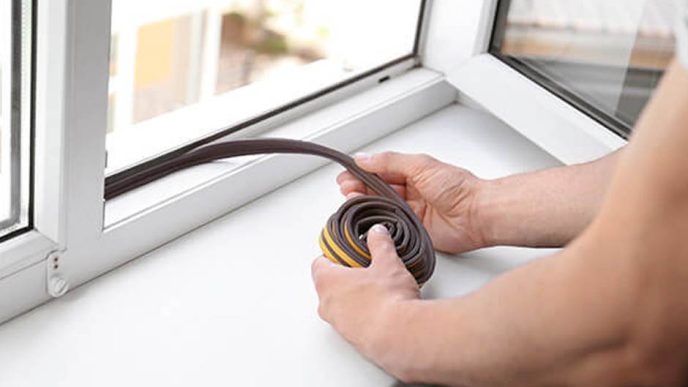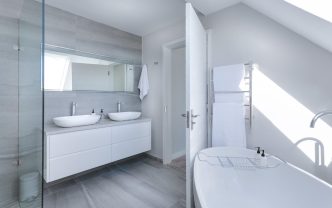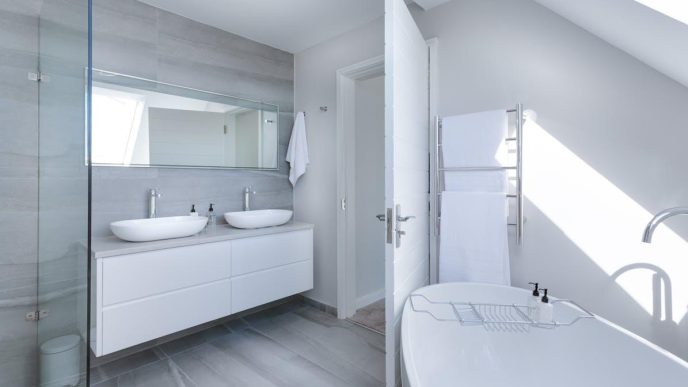1. Introduction to Passive House Standards
Passive House standards are a rigorous set of design principles aimed at creating energy-efficient buildings that significantly reduce energy consumption while enhancing occupant comfort. Originating in Germany, these standards have gained global traction as more homeowners and builders seek sustainable living solutions. Achieving these standards requires meticulous attention to various construction elements, among which high-performance windows and doors play a crucial role.
2. Importance of High-Performance Windows and Doors
High-performance windows and doors are pivotal in achieving Passive House standards due to their exceptional thermal insulation properties and airtightness. These elements help minimize heat loss during winter months and mitigate heat gain in summer, thus maintaining a stable indoor climate without relying heavily on mechanical heating or cooling systems.
- Thermal Insulation: High-performance windows feature advanced glazing technologies that enhance insulation.
- Airtightness: Quality doors and windows prevent drafts, reducing energy waste.
- Solar Gain Management: Properly designed windows can harness passive solar heat while blocking unwanted radiation.
With brands like Wolfline Aluminium Doors & Windows contributing innovative designs, homeowners can significantly advance their energy efficiency goals.
3. Understanding Passive House Criteria
To achieve Passive House certification, a building must meet stringent criteria that focus on energy usage, comfort, and sustainability:
- Energy Use: The building must not exceed a specific energy demand for heating or cooling, typically around 15 kWh per square meter per year.
- Airtightness: The maximum allowable air leakage is 0.6 air changes per hour at 50 Pascals of pressure.
- Thermal Comfort: Interior temperatures must remain comfortable throughout the year without excessive reliance on active heating or cooling systems.
These criteria ensure that buildings are not only energy-efficient but also provide a consistently pleasant living environment.
4. Energy Efficiency in Window and Door Design
The design of windows and doors is critical in achieving the desired energy performance in a Passive House. Key features include:
- Triple Glazing: Incorporating three panes of glass significantly enhances thermal performance compared to traditional double-glazed windows.
- Low-E Coatings: These coatings reflect infrared light while allowing visible light to pass through, effectively maintaining indoor temperatures.
- Frame Insulation: Frames made from materials with low thermal conductivity, such as vinyl or fiberglass, improve overall insulation.
Wolfline Aluminium Doors & Windows exemplify these principles by offering products that combine aesthetic appeal with superior thermal performance.
5. The Role of Wolfline Aluminium Doors & Windows
Wolfline Aluminium Doors & Windows provides high-quality solutions that meet the demanding requirements of Passive House standards. Their products are designed with the latest technology in mind:
- Energy Ratings: Products are rated for their energy performance, assuring consumers of their efficiency.
- Custom Solutions: Wolfline offers customizable options to meet specific project needs while adhering to passive design principles.
- Durability and Maintenance: Their aluminium frames provide strength without compromising on aesthetics, ensuring longevity while requiring minimal maintenance.
These features make Wolfline products an ideal choice for builders aiming for high-performance designs.
6. Selecting the Right Materials for Optimal Performance
Choosing the right materials is essential for maximizing window and door efficiency:
- Frame Material:
Aluminium frames offer durability but must be thermally broken to prevent condensation.
Wood frames provide natural insulation but require more maintenance.
Composite frames combine the best properties of wood and aluminium.
- Glazing Options:
Consider using argon or krypton gas-filled spaces between glass panes for improved insulation.
Ensure that the spacer bars used in glazing units minimize thermal bridging.
- Weather Stripping: Effective weather stripping is essential to maintain airtightness and prevent air leaks around frames.
By selecting materials wisely, builders can greatly improve energy efficiency in line with Passive House standards.
7. Installation Best Practices for Maximum Efficiency
Proper installation is critical to ensuring that high-performance windows and doors function as intended:
- Airtight Sealing: Use appropriate sealants around the frame during installation to prevent air leaks.
- Correct Alignment: Ensure that windows are level and plumb; misalignment can lead to gaps that compromise performance.
- Moisture Management: Incorporate drainage systems to manage moisture buildup around openings, protecting against water damage.
Following these best practices helps maintain the integrity of the building envelope and enhances overall energy efficiency.
8. Case Studies: Successful Implementation of Passive House Standards
Examining real-world applications provides valuable insights into achieving Passive House standards:
- Residential Project in Germany: A single-family home achieved Passive House certification using triple-glazed windows from Wolfline Aluminium Doors & Windows, leading to an annual heating demand below the stipulated limit due to effective insulation strategies.
- Public Building in Canada: This community center utilized high-performance doors and windows to achieve a remarkable reduction in operational costs by up to fifty percent, illustrating how proper design choices can yield significant financial benefits over time.
These case studies highlight the practical advantages of investing in quality materials aligned with stringent energy efficiency standards.
9. The Future of High-Performance Building Envelopes
As sustainability becomes increasingly essential, the future of building envelopes is poised for transformation:
- Innovative Materials: Research is ongoing into new materials that offer even better insulating properties while being environmentally friendly.
- Integration with Smart Technology: Future buildings may integrate smart window technologies that automatically adjust based on environmental conditions, optimizing energy use further.
- Regulatory Changes: As governments impose stricter building codes focused on sustainability, adherence to Passive House principles will likely become standard practice rather than an exception.
Staying informed about these trends allows builders and homeowners alike to make proactive decisions regarding their structures.
10. Enhancing Comfort and Sustainability
Achieving Passive House standards through high-performance windows and doors significantly enhances both comfort and sustainability within homes:
- Improved Indoor Air Quality: By minimizing air leakage and utilizing proper ventilation systems, occupants enjoy better air quality.
- Reduced Carbon Footprint: Lower energy consumption results in reduced greenhouse gas emissions, contributing positively to environmental goals.
- Increased Property Value: Homes built to these standards often see enhanced marketability due to their modern efficiencies.
Ultimately, investing in high-performance windows and doors is not merely about meeting standards; it is about creating a sustainable future while enjoying superior living conditions today.
In embracing innovative solutions offered by brands like Wolfline Aluminium Doors & Windows, builders can lead the charge toward a more sustainable built environment where comfort meets eco-friendliness seamlessly.

